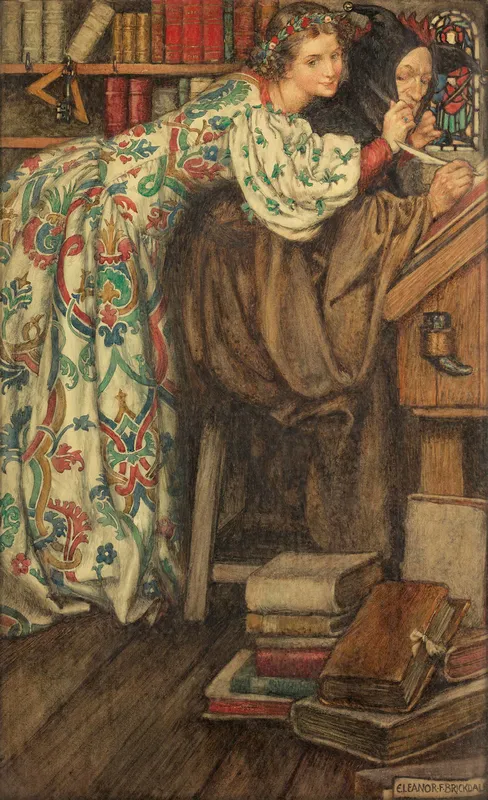
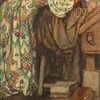
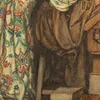
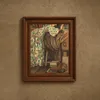
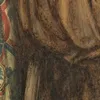
About the Artist
Eleanor Fortescue-Brickdale, born on 25 January 1872 in Upper Norwood, Surrey, emerged as a distinguished British artist and a late adherent of the Pre-Raphaelite movement. Her artistic journey began at the Crystal Palace School of Art under Herbert Bone, leading her to the Royal Academy Schools by 1896. That same year marked her debut at the Royal Academy, where she not only exhibited but also secured a prize for her design 'Spring,' intended for the academy's dining-room. Fortescue-Brickdale's oeuvre spanned oils, watercolours, book illustrations, and stained glass designs, with her first significant oil painting, 'The Pale Complexion of True Love,' completed in 1899.
Her career flourished as she exhibited oils at the Royal Academy and watercolours at the Dowdeswell Gallery, where she held several solo shows. Influenced by John Byam Liston Shaw, a protégé of John Everett Millais, she joined Shaw's art school as a teacher upon its establishment in 1910. A notable commission came in 1909 from Ernest Brown of the Leicester Galleries, for whom she created twenty-eight watercolour illustrations for Tennyson's 'Idylls of the King,' exhibited in 1911 and partially published the following year. Beyond canvas and paper, Fortescue-Brickdale left her mark on stained glass, collaborating with Harry Grylls to produce designs for churches and memorials, especially poignant in the wake of World War I. Residing in Holland Park Road, opposite Leighton House, she remained a vibrant figure in the art world until her death on 10 March 1945.
Master’s Palette
Reveal the unique color story behind each piece, helping you delve into the artistic essence, and spark boundless inspiration and imagination.
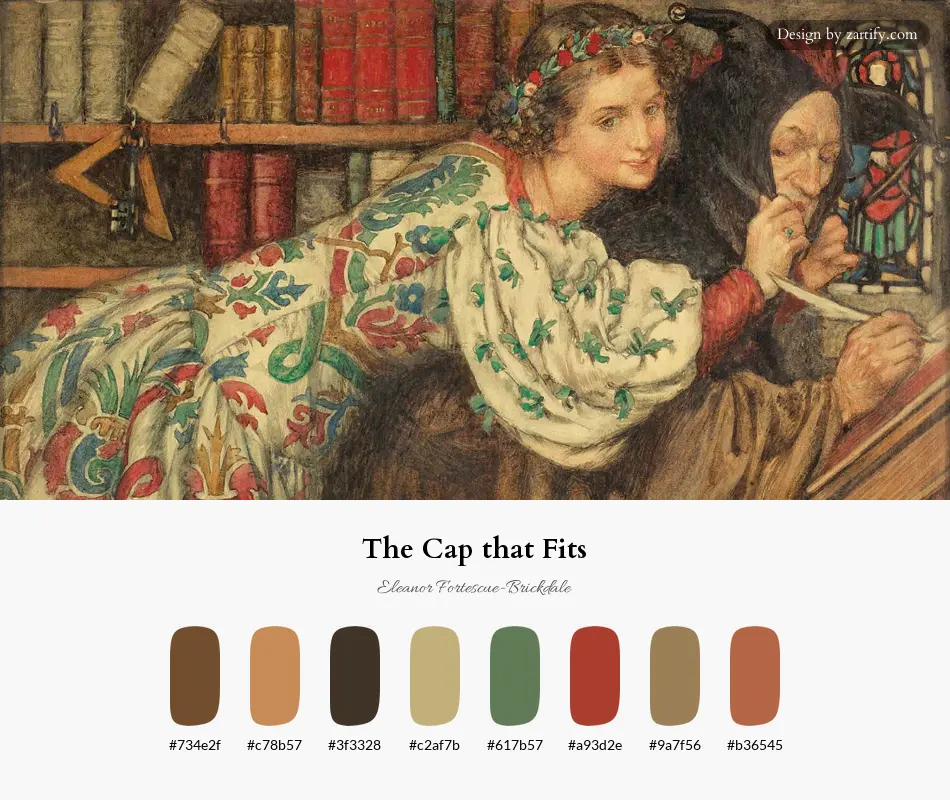
Bring the captivating colors to your project. Click to copy!
#734e2f
#c78b57
#3f3328
#c2af7b
#617b57
#a93d2e
#9a7f56
#b36545


 (c. 1380-1390)-full.webp)
-full.webp)
-full.webp)
-full.webp)
-full.webp)
-full.webp)